Propulsion Parts
Propulsion Shafts
A ship’s propeller shaft transmits mechanical energy from the main engine to the propeller. When there is more than one transmission element, the propeller shaft is a kind of shafting line. Applications. The main function of the propeller shaft is to turn the propeller.
Advantages of Propulsion shafts
Low or no power losses.
The weight of the shaft is less due to the tubular structure.
Construction is not very complex.
Ensures safe power transmission.
Low noise at high torques.
It is durable.
Mechanical Couplings
Couplings are mechanical components used to connect two in-line shafts to enable one shaft to drive another at the same speed. A coupling can be rigid or flexible, allowing the various amounts of angular, radial, and axial misalignment between the two shafts.
Mechanical couplings are generally used to connect rotating shafts of a driver and a driven piece of equipment. For example, they are used to connect the shaft of an electric motor to a pump, or to connect an engine to a compressor.
Hydraulic Sleeve Couplings
An Introduction to the Sleeve Couplings, Their Parts & Materials. Couplings are used to connect two shafts for torque transmission in varied applications. Coupling may be rigid or they may provide flexibility and compensate for misalignment. They may also reduce shock loading and vibration.
To introduce extra flexibility while transmitting power in case of space restrictions. To introduce protection against overloads. To reduce the transmission of shock loads from one shaft to another by using flexible couplings.
